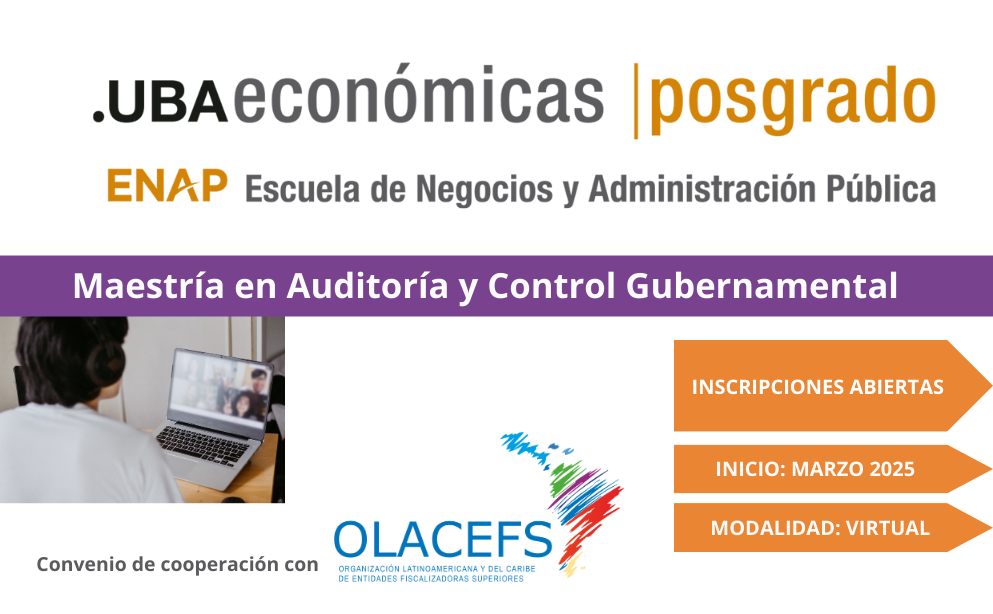The UNDRR explains that, “as of the April 2022 deadline, only 95 countries had reported the existence of multi-hazard early warning systems (MHEWS) in the Sendai Framework monitoring system. Less than half of the least developed countries and only one third of the small island developing states have reported the existence of multi-hazard early warning systems.”
In this regard, in OLACEFS within the framework of the XXXI Ordinary General Assembly, on September 23, 2022, the audit community of the region signed the Oaxaca Declaration on “Auditing Disaster Risk Reduction and Climate Change: Audits to reduce acts of corruption, generate resilience, environmental restoration and accelerate sustainable development”
Among its scope is that the Supreme Audit Institutions of the region will intensify and strengthen the audit of the SDGs and will prioritize audits linked to SDG 13 “Take urgent action to combat climate change and its effects” and its targets such as strengthening resilience processes, ecological restoration and adaptive capacity to climate-related risks and disasters, on climate change mitigation, adaptation to it, reduction of its effects and early warning. As well as mechanisms to enhance inclusive planning and management.
The Sendai Framework has 7 strategic targets and 38 indicators to measure progress in disaster risk reduction and disaster losses. These indicators align the application of the Sendai Framework with the implementation of the Paris Agreement on Climate Change, for the achievement of the Sustainable Development Goals (SDGs).
For a closer look at what has been discussed at OLACEFS on these matters the following are available:
Suggested:
The Sendai Framework for Disaster Risk Reduction (2015-2030)
GUID 5330 Guidance on the Audit of Disaster Management
Spanish, English






